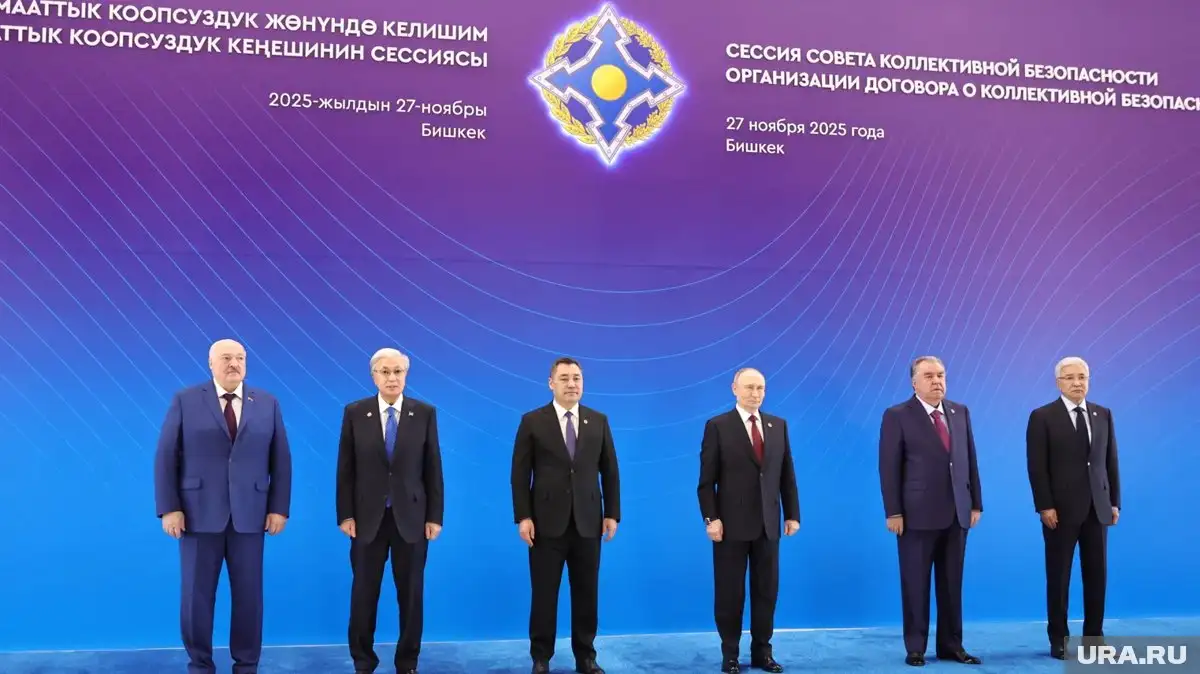Responsible Statecraft features an article by Hadi Kahalzadeh, a fellow at the Crown Center for Middle East Studies at Brandeis University. In it, he analyzes the potentially catastrophic economic and geopolitical consequences of an escalating conflict between Iran, Israel, and the United States. He emphasizes that this conflict could cause severe damage to all parties involved and the global system.
The United States has already officially entered the escalating war between Israel and Iran, launching targeted strikes on Iranian nuclear facilities to eliminate Tehran’s nuclear threat, a goal that was once effectively achieved through the 2015 Iran nuclear deal.
President Trump has warned Iran that it will be peace or disaster far greater than what Iran has experienced in recent days, hinting that there are other targets if Tehran decides to escalate the situation.
But even this unilateral strike cannot completely neutralize Iran’s domestic nuclear capabilities. It has not stopped Iran’s attacks on Israel and has instead increased the vulnerability of US forces and assets in the region. Iran’s future moves are varied and unpredictable, but one thing is sure: the economic cost is mounting and could devastate all parties involved and the world.
Israel’s Heavy Economic Cost
Israel is already bearing a substantial economic cost. Estimates suggest that a month-long war could cost Israel about $12 billion, and daily military spending is as high as $725 million. If Iran attacks more civilian infrastructure, those costs will skyrocket.
More than 5,000 Israelis have already been evacuated from their homes due to rocket attacks. The labor shortage is also deepening as tens of thousands of reservists, including those from high-tech and industrial sectors, have been called up. By the end of 2024, the Gaza war had already cost Israel more than $67.5 billion, not including civilian and infrastructure damage, as well as wider economic losses.
A quick military victory would cushion the economic blow somewhat, but a protracted war could seriously dent Israel’s economic growth, strain fiscal sustainability, and jeopardize the country’s credit rating.
Iran’s battered economy and humanitarian catastrophe
Even before the Israeli strikes, Iran was facing a massive infrastructure crisis, with more than $500 billion needed to fill the severe economic gaps created by US sanctions. The Israeli strikes have further exacerbated that crisis, destroying critical civilian and energy infrastructure. The direct cost of reconstruction alone could run into the tens of billions of dollars, adding to the strain on Iran’s already battered economy and scarce financial resources.
According to the 2023 Iranian Household Expenditure Study, more than 80 percent of Iranians do not reach the threshold of 2,100 calories per day and suffer from food insecurity. A prolonged war will further exacerbate this humanitarian crisis, pushing the country to the brink of a national disaster.
Cyberattacks and the threat of energy chaos
Iran could respond with cyberattacks targeting critical US infrastructure, including power grids, water systems, pipelines, financial networks, and other vital services. The economic consequences of such an attack could range from hundreds of billions to a trillion dollars.
In addition, if Iran were to attack oil and gas infrastructure in the Persian Gulf or block the Strait of Hormuz, it could disrupt more than 20 percent of global oil and LNG supplies, sending oil prices as high as $150 per barrel. According to a Bloomberg analysis, maintaining this price level would shave about $1 trillion off global GDP annually, fueling global stagflation and seriously undermining US efforts to ensure inflation and economic stability.
Netanyahu’s Ambitions and the Risks of American Intervention
Netanyahu’s ambitions to overthrow the Iranian regime are unlikely to be realized without direct US involvement, including the deployment of hundreds of thousands of ground troops. If Washington were to take that step, it would be embroiled in another open-ended war that would cost $2-3 trillion and cost thousands of lives.
Even if Israel were to achieve its short-term military goals of beheading Iran’s leadership, neutralizing its military capabilities, and even destroying the country without a painful retaliatory strike from Tehran, that victory would likely be illusory. The result will be waves of insurgency, a refugee crisis, and regional instability, surpassing even the chaos in Iraq following the 2003 US invasion.
The Danger of a Divided Iran and Chain Instability
Given the decentralized nature of Iran’s Islamic Revolutionary Guard Corps (IRGC), even a divided Iran could remain a permanent threat. The remnants of the Islamic Revolutionary Guard Corps and their proxies will continue to strike Western and Arab economic assets, increasing the risks and causing damage to US allies.
The economic consequences in the region would be existential for the Gulf allies, Saudi Arabia, the UAE, Qatar, and Bahrain. Given the growing tensions, the IMF has already cut its 2025 economic growth forecast from 4% to 2.6%. A two—to three-year economic downturn, a sharp decline in foreign investment, and delays in key projects under Saudi Arabia’s Vision 2030 strategy could cost those economies between $730 billion and $1 trillion.
A long-running conflict could wipe out years of economic progress and undermine investor confidence, a senior Gulf official said. Even if a divided Iran may seem beneficial initially, the knock-on effects will ultimately burden US taxpayers and businesses, plunging America into a prolonged regional quagmire.
A failed war and the threat of nuclear backlash
If Israel’s military campaign fails, Tehran will find itself in a stronger and more unified position. It is already clear that the Israeli strikes have strengthened Iranian public support for nuclear weapons, which could lead Iran down the path to developing nuclear weapons.
Despite the heavy price, Iran retains the right, under Article 10 of the Nuclear Non-Proliferation Treaty (NPT), to withdraw from the treaty and resume its nuclear program without the supervision of the International Atomic Energy Agency. This would trigger a nuclear chain reaction from Berlin and Warsaw to Ankara, Riyadh, Seoul, and Tokyo, tearing apart the global non-proliferation regime that has been built over decades of hard work.
Imagine a Middle East full of nuclear weapons, with European and East Asian countries rushing to build their deterrents. What began as a targeted Israeli strike could turn into a global security nightmare, driving up energy prices and insurance premiums, increasing investor uncertainty, and fueling a surge in military spending across the board, undermining America’s strategic and economic position.
The Specter of a New Cold War and Global Instability
A new arms race stretching from the Persian Gulf to the Pacific could destabilize the global economy and dramatically weaken America’s strategic position. No American president, not even during the Cold War, has faced the challenge of a simultaneous collapse of the global nuclear order. President Trump could be the first.
It remains to be seen whether the Trump administration will be able to resume talks after this weekend’s strikes. But instead of losing billions, Washington could offer sanctions relief and regional economic cooperation in exchange for Iran’s enrichment below the levels of the 2015 agreement or even complete denuclearization. Such an agreement could expand to become a de facto non-aggression pact between Iran and Israel, something that had previously seemed impossible.
My latest research suggests that the United States could reach a stronger and more comprehensive deal in exchange for annual licensing of up to $25 billion in bilateral trade and giving American companies access to Iran’s untapped investment market, estimated at $4 trillion by 2040. Such an agreement would stabilize the region through mutual economic engagement, not military escalation.
The alternative is an unspeakable disaster: trillions of dollars in damages, a collapsed nuclear agreement, a nuclear-armed Iran, and the collapse of alliances that ensure US dominance in the Middle East.
Prepared by Arman Galoyan


















